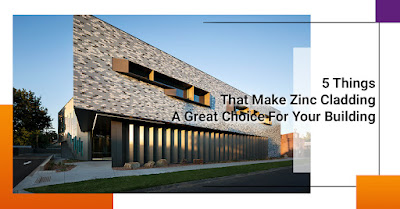Why Use “Perforated Metal” Instead of “Glass” in an Architecture Project?

Buildings of all sizes are increasingly being covered with perforated metal panels. Perforated metal has square, circular, hexagonal, or custom-shaped holes that mimic a grid or mesh. The holes reduce the amount of weight that the structure must sustain. Different gauges, or thicknesses, are available and chosen depending on anticipated wind loads and other considerations such as ventilation. Perforated metal siding is less complicated to install than other sidings, and it has a long-anticipated service life. As architects seek to achieve new heights of sustainable building design, perforated zinc metal continues to rise above wood and glass as the top facade material choice: Optional Customization and Adaptability Perforated metal is unlike any other façade material in that it can be modified. It allows architects to create distinctive buildings without sacrificing façade functionality. Words, drawings, logos, and images may all be spelled out using perforations created using CAD soft...

